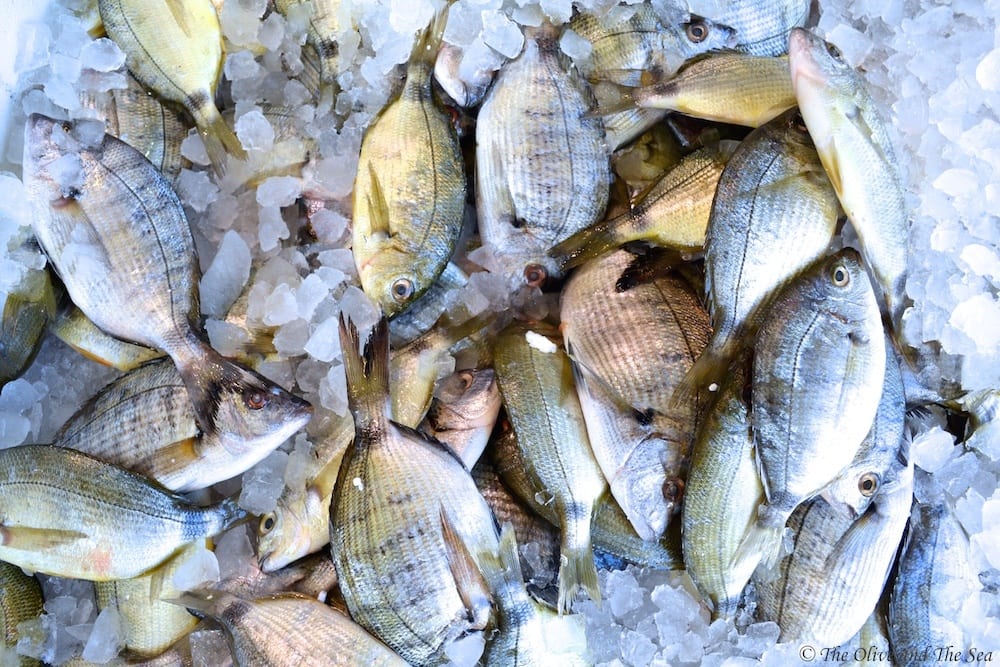Cleaning a whole fish may seem intimidating (it was to me) but it’s actually quite simple and a useful skill particularly in Greece where most fish is sold whole at the local market or caught when out fishing for fun. Following is an illustrated step-by-step. Remove the Fins Using scissors, cut off the fins. Exercise particular caution with the dorsal fin as some fish have sharp ones (as pictured in the illustration below). Descale the Fish Once you’ve cut off the fins, it’s time to remove the scales. Run the knife or fish scale along against the grain (from the tail…
How To
-
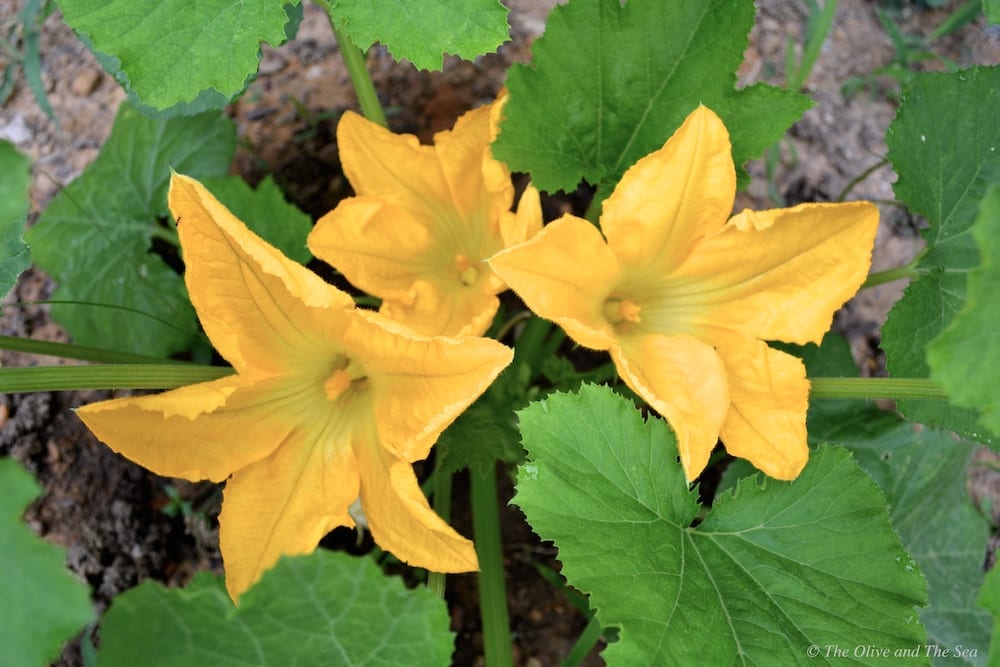 Continue Reading
Continue ReadingZucchini is really versatile, known in our home as the Bubba Gump of vegetables. Boiled zucchini, zucchini fritters, zucchini bread and muffins, stuffed zucchini, zucchini vegetable medley, fried zucchini, sauteed zucchini…. If you want to venture into growing your own food, zucchini is an excellent place to start because it’s so easy to grow. One thing that you’ll realize, however, is that once the plant begins to produce, you may end up with more zucchini than you can eat. The good news is that this vegetable is even easier to freeze than it is to grow and with little effort…
-
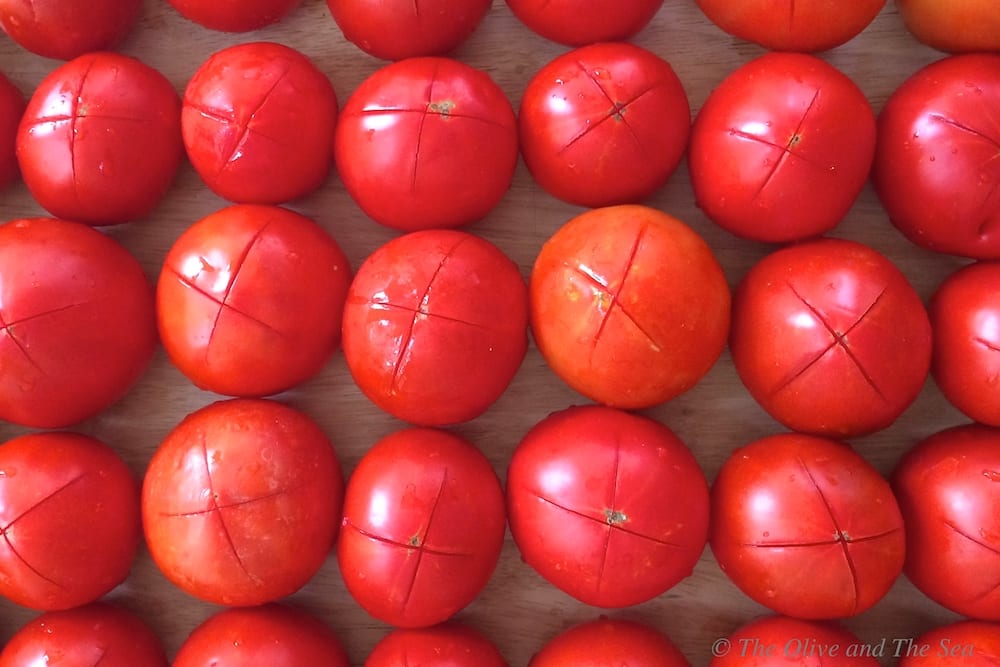 Continue Reading
Continue ReadingPeople often talk about canning tomatoes but did you know you can freeze them, too? If like me, you’re more comfortable with freezing than canning, this is definitely a technique worth exploring. One of the benefits of this approach is that nothing is added to the tomatoes allowing the flavor to remain as close to that of a fresh tomato as possible. Also, if you don’t mind having bits of tomato skin and seeds in your sauce, you can skip the blanching, peeling, and deseeding, and simply cut up and puree your tomatoes. The below process will take 2-3 hours…
-
 Continue Reading
Continue ReadingDill is used extensively in Mediterranean cooking. It is available both fresh and dry year-round in most grocery stores and is an easy herb to grow at home. If you opt to grow your own, you will want to preserve it for use during the winter months. Preservation methods include drying or freezing. My preferred approach is the latter, which maintains the flavor intensity of the fresh herb and requires less work than drying. This same freezing process can also be used to preserve store bought dill. A first step is knowing when to harvest your dill. Unlike the above picture, you want…
-
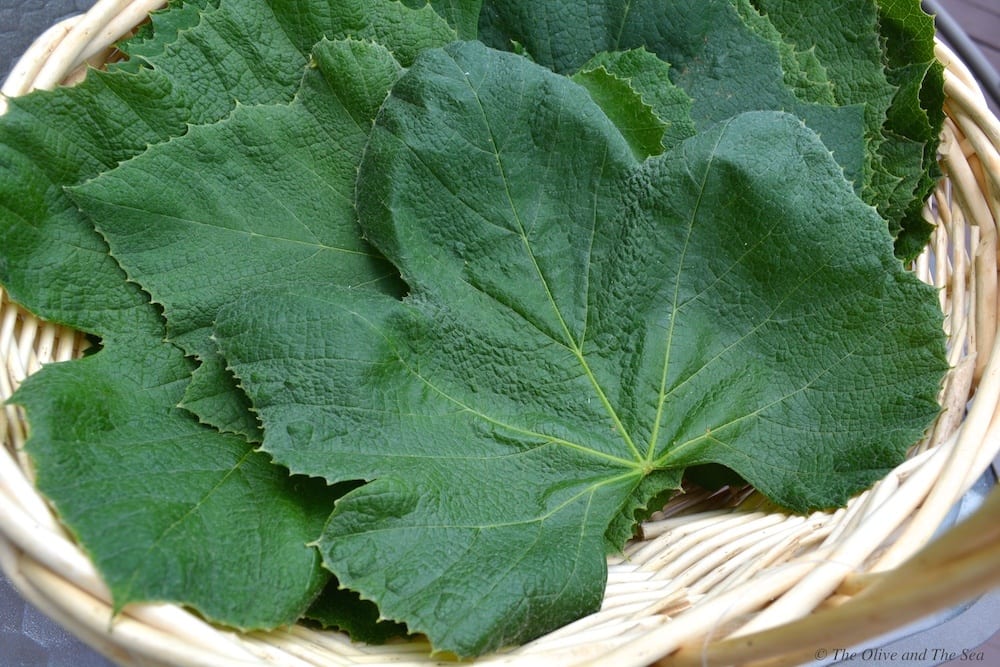 Continue Reading
Continue ReadingIf you have access to grape vines and enjoy stuffed grape leaves, it is worth picking some young fresh leaves and preserving them. The flavor will be superior to those from the store and there is something special about eating stuffed grape leaves that you picked yourself. Because the leaves grow thick and tough as the summer progresses, it is best to pick and freeze them early in the season (June is ideal), when they are young and tender. What does this have to do with lettuce? Well… lettuce is a “keeper” in the freezer, too. That’s right, you can freeze…
-
 Continue Reading
Continue ReadingStrawberry season is finally here! With such a short growing season (late April through the end of May), I become slightly obsessed with this beautiful red fruit. When it comes to strawberries, the fresher the better. For this reason, I prefer locally grown berries. Also, picking your own is a fun family activity and something the kids look forward to each year. Whether eating your berries fresh or preserving them, you want to make sure you wash them in a white vinegar and water solution as soon as you get home to kill the mold spores on the surface of…
-
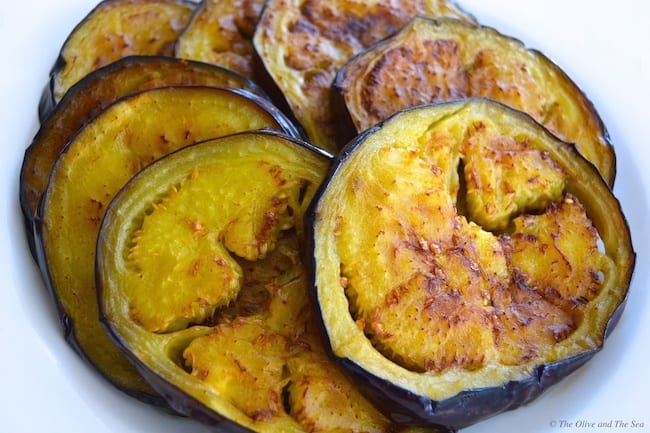 Continue Reading
Continue ReadingEggplants truly shines in mediterranean cuisine. Whether enjoyed in the form of moussaka, a dip, stew, or simply baked in the oven with a little salt and olive oil, eggplant is delicious. Unfortunately, its growing season only spans a few months and it doesn’t transport well. Being sensitive to the cold and heat, eggplants are often “bruised” by the refrigeration process used for long distance transport and are best enjoyed when grown in your backyard or purchased in season from local farmers. Depending on your growing region, eggplants are abundant August through October. Select ones that are firm to the touch, smooth…
-
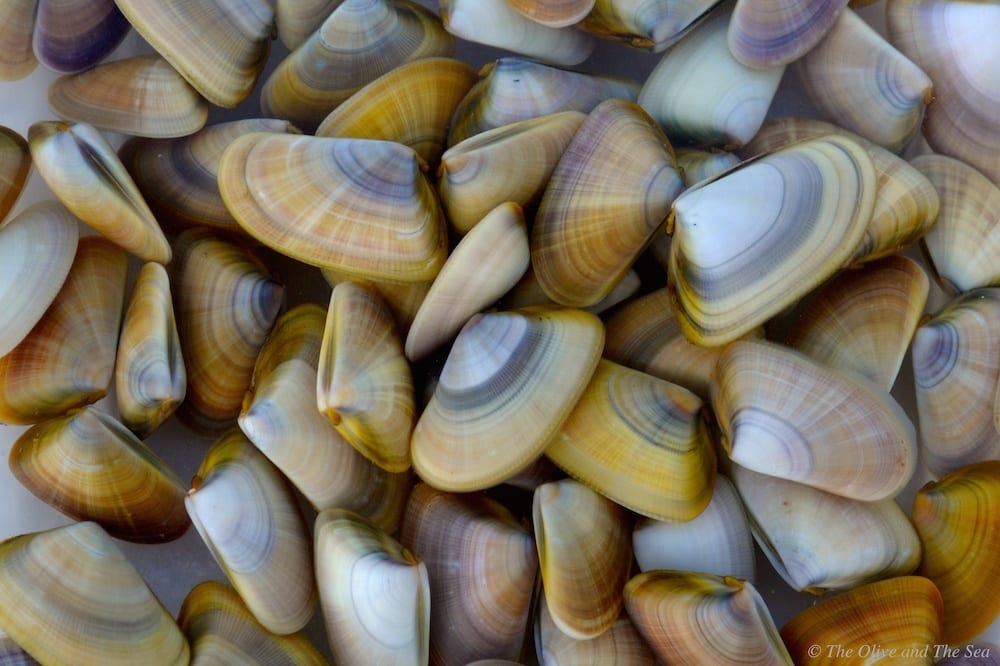 Continue Reading
Continue ReadingCoquina clams, known as “midia” in Greek, are found in the sand along the shore line. Foraging for coquina clams is a lot of fun and makes for a great family activity on the beach. Following the steps outlined below and you can add them to your cooking with dishes like saganaki or seafood pilaf. The key with preparing coquina clams or any clam for that matter is to rid them of the tiny sand granules before cooking them. Skip this step and you’ll have a gritty dish that few are likely to enjoy. The key is to soak the clams in…

